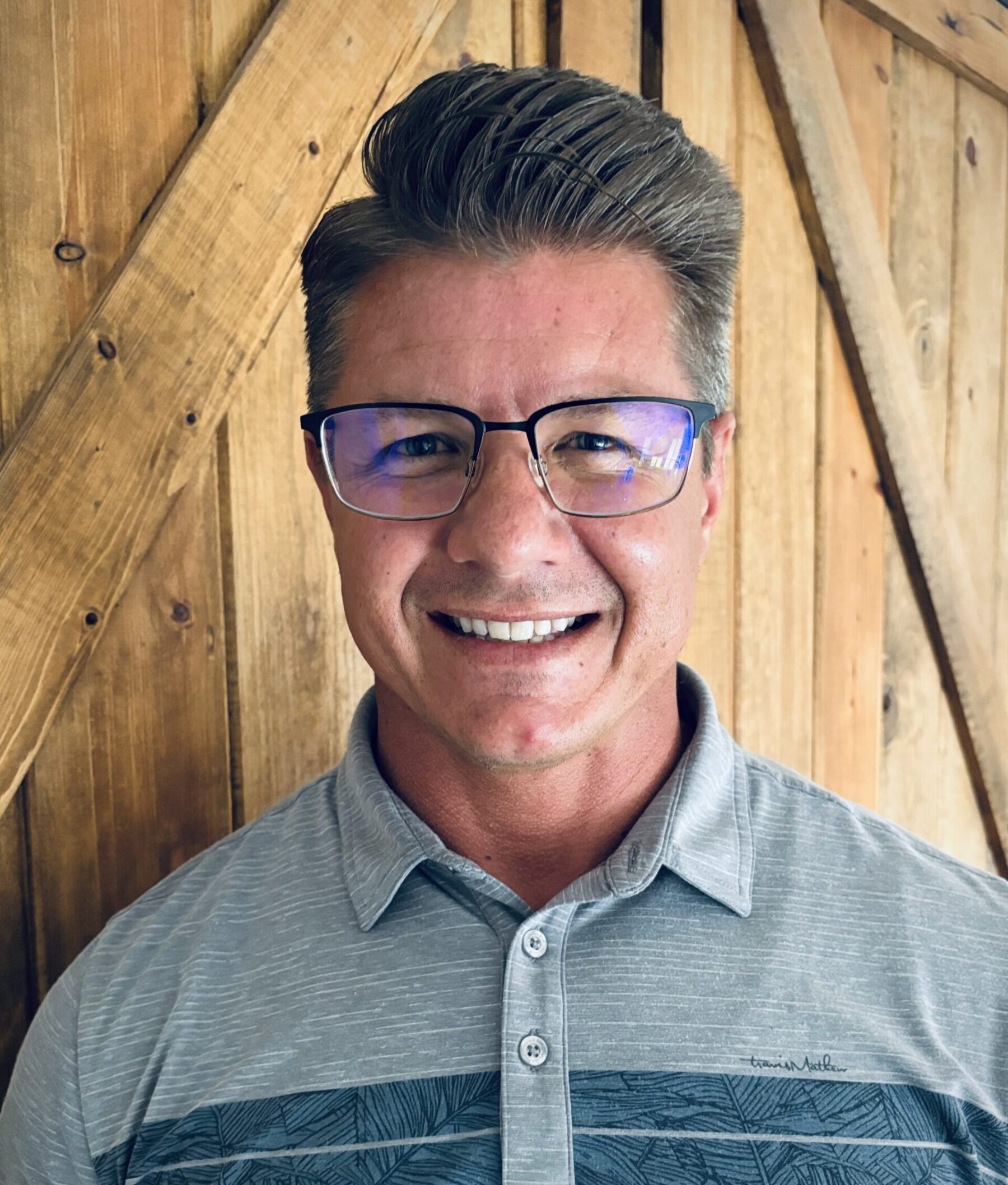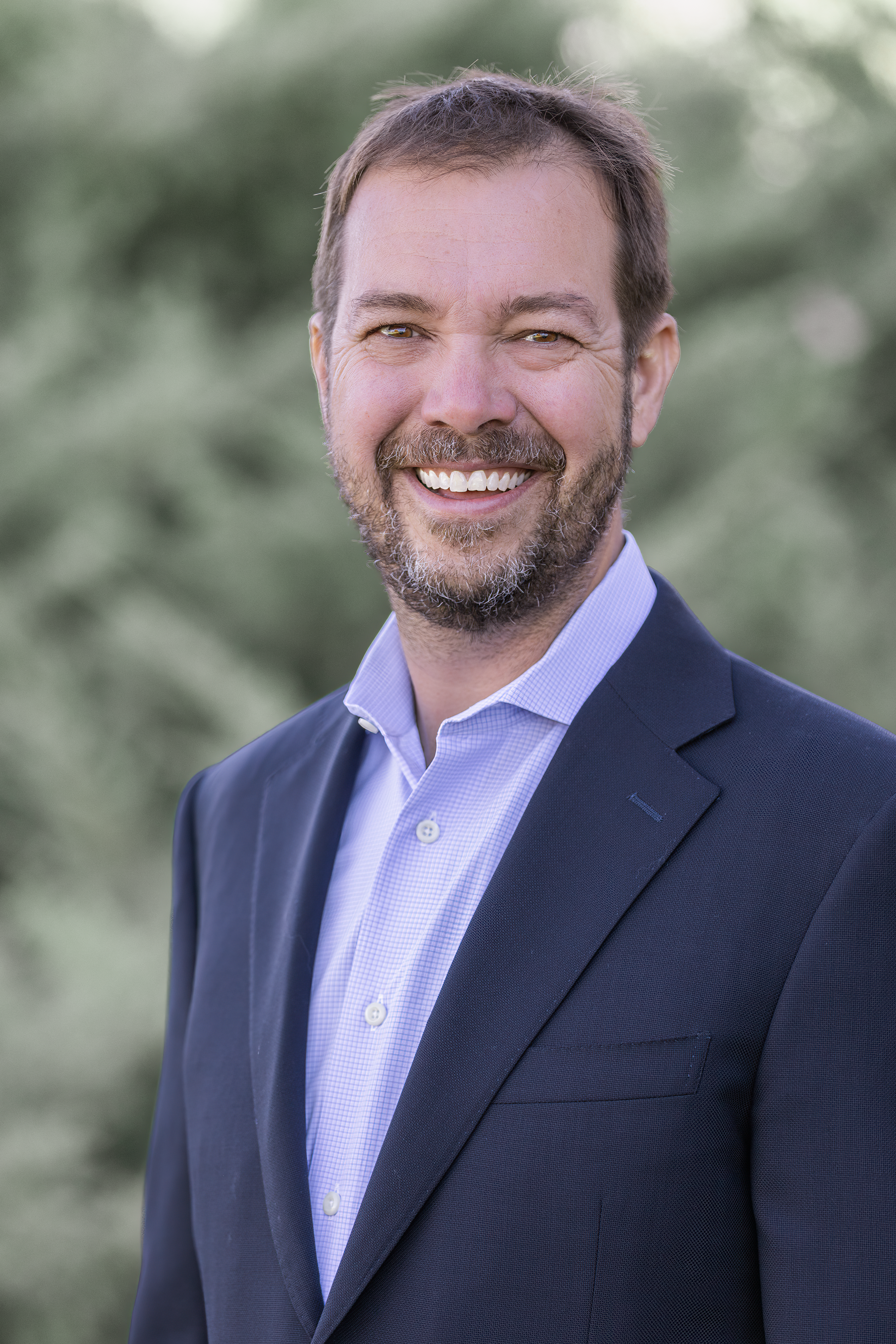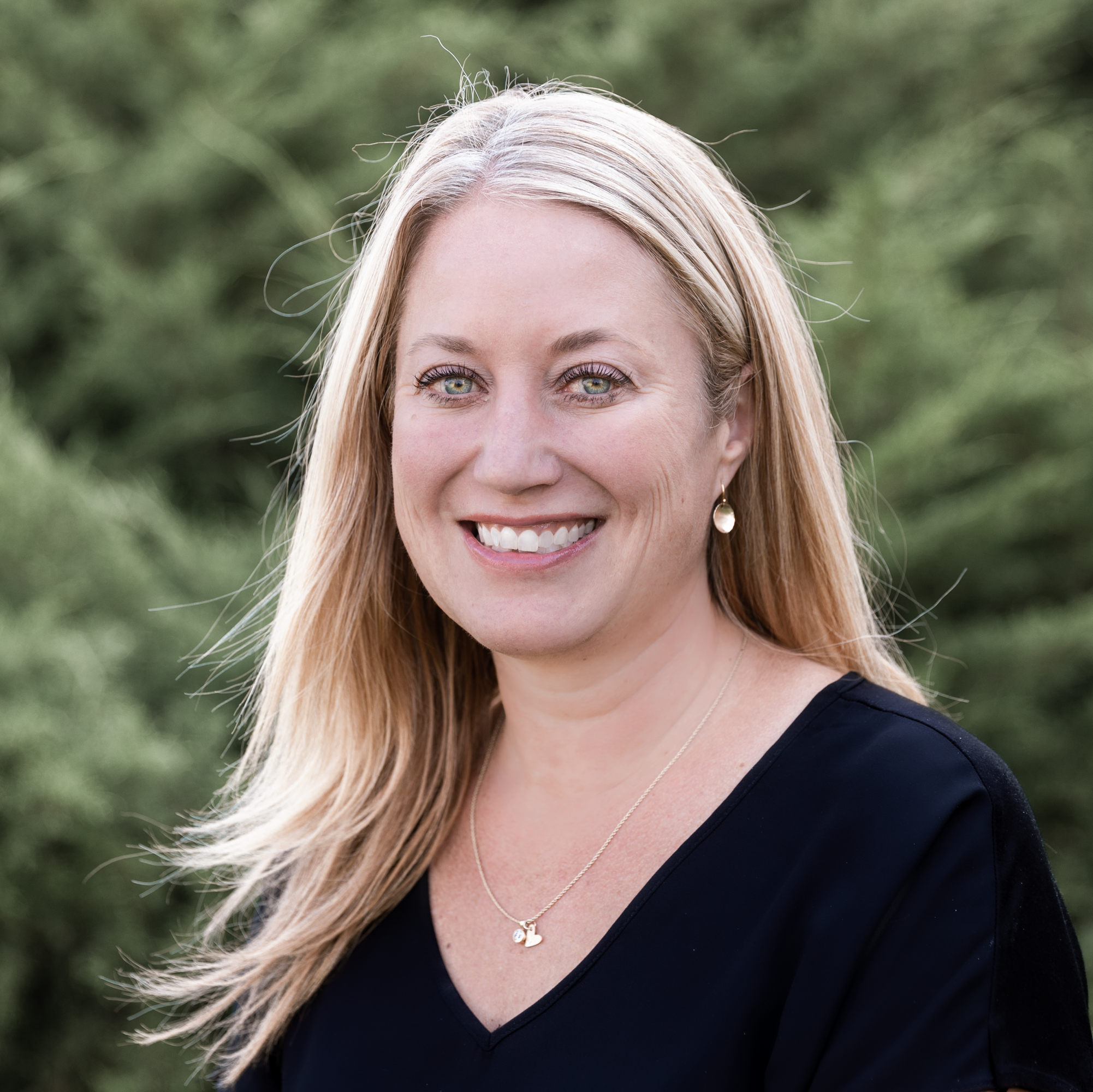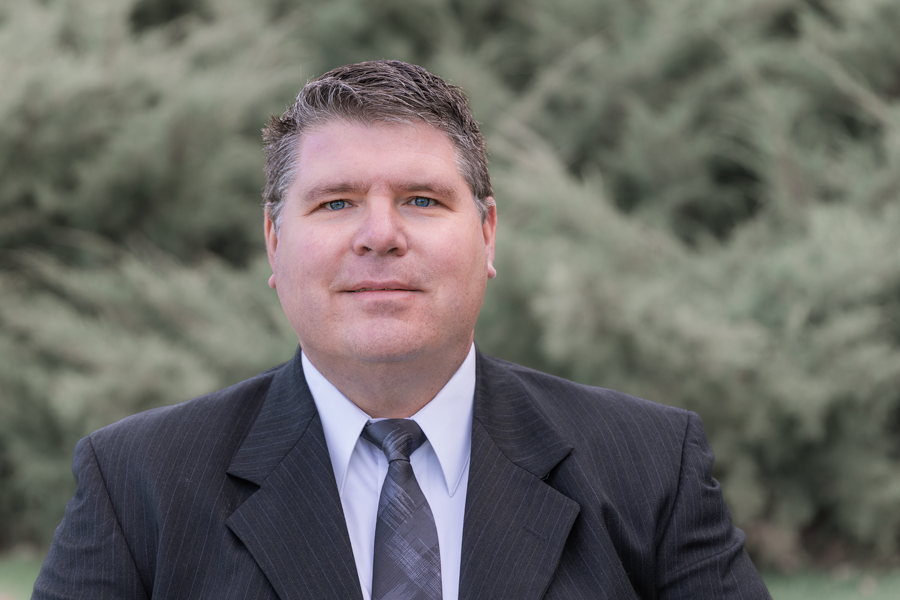Services:
Process Engineering, Project Engineering, Equipment Design, Civil/Structural Design, Electrical Design, Instrumentation Design
Market Landscape:
Today’s exploration and gathering technologies have created opportunity never before seen in the country for operators of petroleum exploration and gathering companies. This is due in large part to the land-based Oil and Gas industry’s ability to access and gather product types that in the past were unreachable, or too costly to process.
Innovations in directional drilling and upstream processing are allowing oil and gas companies to access and market these new resources in an accelerate manner. This increased production is also resulting in increased risk across the gathering, conveyance and refinery asset. This increased risk has created a driving need for complex engineering services to safely collect, process, and transport exponentially more product than ever before.
Client Challenge:
A global energy producer with significant North American presence (“The Client”) operates and manages across a portfolio of high-quality, low-decline oil and gas assets, as well as owning and operating facilities in the rapidly expanding Bakken petroleum basin. With the industry moving away from vertical well site drilling, The Client understood that to be successful in the upstream market, they had to capitalize on the value that comes from directional drilling techniques. The exponential increase in oil production from directional drilling meant they would likely experience an increase in risk at the well sites due to increased production, system pressure, and field complexity. They also recognized the importance that safe engineering and design could play in their ability to handle this increased production.
The Client had been leveraging antiquated designs for piping and flow diagrams and the designs varied greatly per each well pad. Therefore, they required a fully engineered design that could be adjusted and applied across future facilities – a more modular and scalable approach to professionally engineered facilites. They also needed a standardized approach for their drilling sites so regardless of the number of wellpads per site there was always constancy across their facilities.
The Client did not have the manpower or in-house expertise to execute this type of work. Therefore, they partnered with Halker Consulting, LLC (“Halker”) who had already been operating in the same geographical location and had existing knowledgebase of the field and design requirements. The Client knew they had a trusted partner in the area.
The Solution
The primary requirement for this project was to deliver a high-quality wellpad facility design with a strong commitment to process, safety, and reliability.
The first phase of the project was focused on assessment and during this phase Halker documented existing facilities with As-built PFDs, P&IDs, Electrical one-lines, wiring diagrams, and Cause/Effect matrices. Halker visited 42 well pad facilities during this phase of the project in order to make recommendations for process and safety improvements to existing facilities. Halker then applied “lessons learned” in order to kickoff development of the standard design during phase 2.
In the second phase, Halker developed a standard engineered design and construction package for a typical multi well pad. By applying “lessons learned” from phase 1 of the project, Halker was able to develop an optimized wellpad design with a focus toward safety and efficiency. Halker created standard piping and valve specifications in concert with Client preferences, and applied engineering best practices to meet client needs. Halker also provided data for sizing equipment and instrumentation, and performed hydraulic calculations to further increase efficiency and cost savings.
During the third phase of the project, Halker applied their standard designs to future planned facilities based on the client-provided drilling schedule. In the last phase, which is still in progress, Halker will develop a prorated battery design to further reduce the amount of equipment per well site and overall footprint, while maintaining production efficiency.
The Result
Halker’s field developers expand beyond only drilling and simple surface management. We enable owners and operators to include the safety, efficiency, and opportunity that is a result of intelligently engineered and designed upstream infrastructure for today’s production demands.
Safety and Risk
Halker’s engineering and design work on the clients Pad Facilities FEED/As-Builts project is just one great example of our ability to manage a project safely, cost effectively, and in a timely manner. In addition ot challenges such as confined space environments, Halker identified improperly designed/installed Pressure Safety Valves (PSV’s) during phase one of the project. These faulty PSV’s were routed to the flare on several sites but were not sized properly for the application, which could have led to catastrophic failure of equipment and pose significant safety concerns. This is the proactive value that skilled engineers can bring to operators entering new basis, or who are optimizing their existing infrastructure.
Economic
Costs Savings—The cost saving technology of directional drilling allowed for several subterranean sources to be accessed by the same wellpad across multiple locations. The client maximized their asset value through economies of scale and better managed equipment costs across multiple type curve production flows.
Time-to-market—With the centralization of multiwells and equipment functions, The Client’s site construction times were reduced but with higher production volumes. This allowed for faster speed-to-market with more products, resulting in more revenue, sooner.
Ultimately, those that partner with Halker Consulting are able to move faster, increase production and performance, and better meet their strategic business objectives. By partnering with Halker, The Client took a smart approach to developing their oil and gas assets for long-term success and value, and leveraged world class engineering and design without building this costly discipline in-house.
 Curtis Anderson is a seasoned Projects Director at Halker, specializing in managing projects for electric utilities and renewable energy companies, including high voltage power, solar, wind, and battery energy storage systems (BESS). Prior to his current role, Curtis held various leadership positions with 12 years in the industry. As Technology Innovation Manager, he was instrumental in establishing and leading a Product and Innovation team within the Power and Renewables Industry, driving technology enablement initiatives, and fostering a culture of innovation. His work included guiding the development of new products, implementing AI-driven solutions, and supporting the launch of industry-first SaaS offerings. Curtis also played a key role in business-to-business collaborations, strategic planning, and served as a member of an Artificial Intelligence Governance Board, focusing on enhancing operational efficiency through technology and R&D efforts.
Curtis Anderson is a seasoned Projects Director at Halker, specializing in managing projects for electric utilities and renewable energy companies, including high voltage power, solar, wind, and battery energy storage systems (BESS). Prior to his current role, Curtis held various leadership positions with 12 years in the industry. As Technology Innovation Manager, he was instrumental in establishing and leading a Product and Innovation team within the Power and Renewables Industry, driving technology enablement initiatives, and fostering a culture of innovation. His work included guiding the development of new products, implementing AI-driven solutions, and supporting the launch of industry-first SaaS offerings. Curtis also played a key role in business-to-business collaborations, strategic planning, and served as a member of an Artificial Intelligence Governance Board, focusing on enhancing operational efficiency through technology and R&D efforts. Shannon McKibben is the director of Environmental Engineering at Halker, executing environmental, health, and safety projects for clients in construction, oil & gas, transportation, and power delivery. Under Shannon’s leadership, Halker’s Environmental Engineering group is actively diversifying from its historical role serving primarily road and highway construction clients into a support group for all of Halker’s projects, focusing on energy delivery and development.
Shannon McKibben is the director of Environmental Engineering at Halker, executing environmental, health, and safety projects for clients in construction, oil & gas, transportation, and power delivery. Under Shannon’s leadership, Halker’s Environmental Engineering group is actively diversifying from its historical role serving primarily road and highway construction clients into a support group for all of Halker’s projects, focusing on energy delivery and development. Dominic brings over 15 years of leadership in privately held and PE‑backed firms. Dominic’s experience in the energy industry expands across several sectors, including refining, midstream & pipeline and delivering fully modular facility solutions in the upstream production arena. Dominic has been involved in the sales and project management of more than 30 fully modular facilities in the Permian basin. He has built scalable go‑to‑market strategies that have helped drive impressive revenue growth: from $10M to $25M at Welker, and launching Petrosmith’s Modflex line to $40M in three years, while more than doubling revenue with its largest client.
Dominic brings over 15 years of leadership in privately held and PE‑backed firms. Dominic’s experience in the energy industry expands across several sectors, including refining, midstream & pipeline and delivering fully modular facility solutions in the upstream production arena. Dominic has been involved in the sales and project management of more than 30 fully modular facilities in the Permian basin. He has built scalable go‑to‑market strategies that have helped drive impressive revenue growth: from $10M to $25M at Welker, and launching Petrosmith’s Modflex line to $40M in three years, while more than doubling revenue with its largest client. 
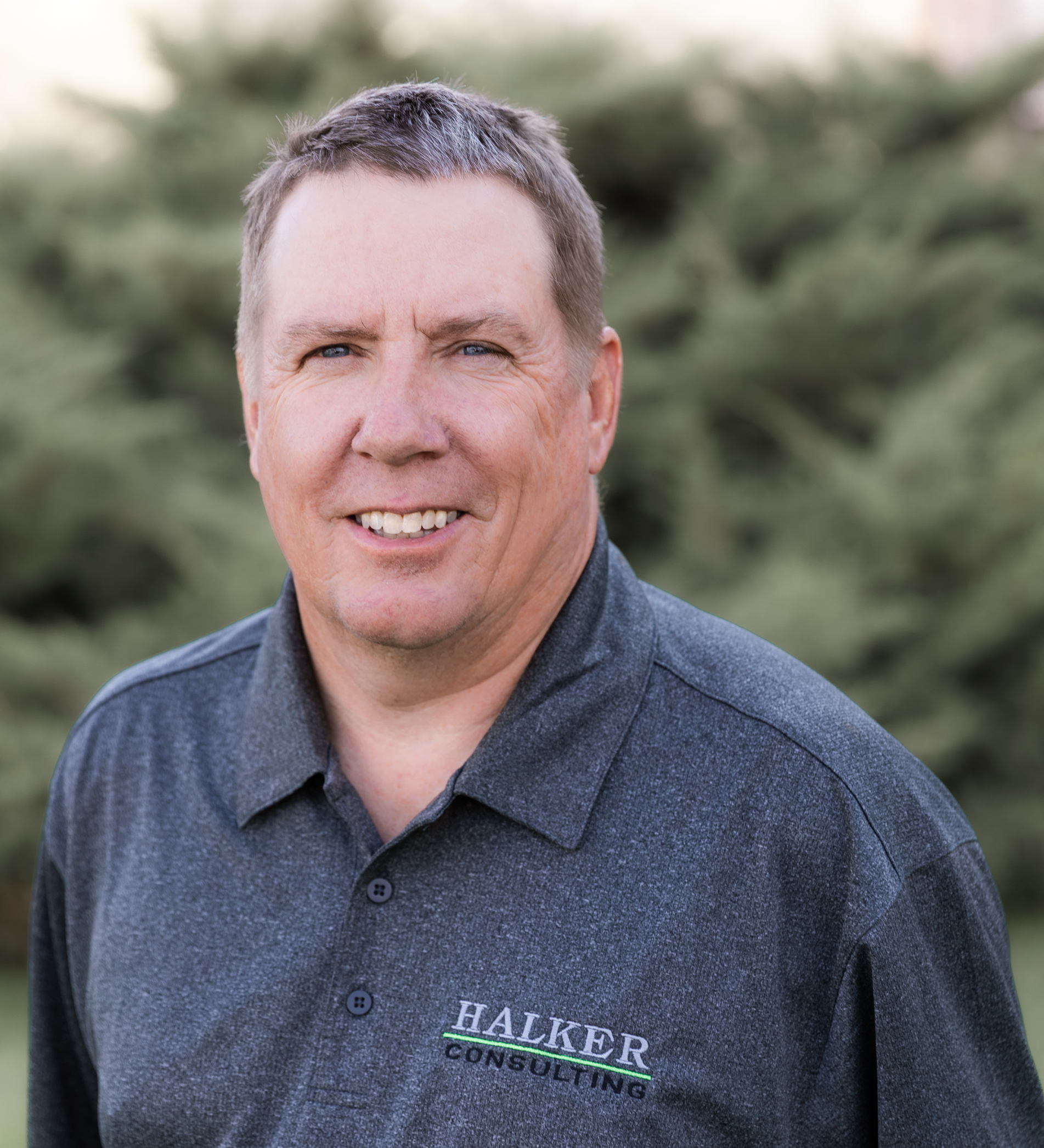


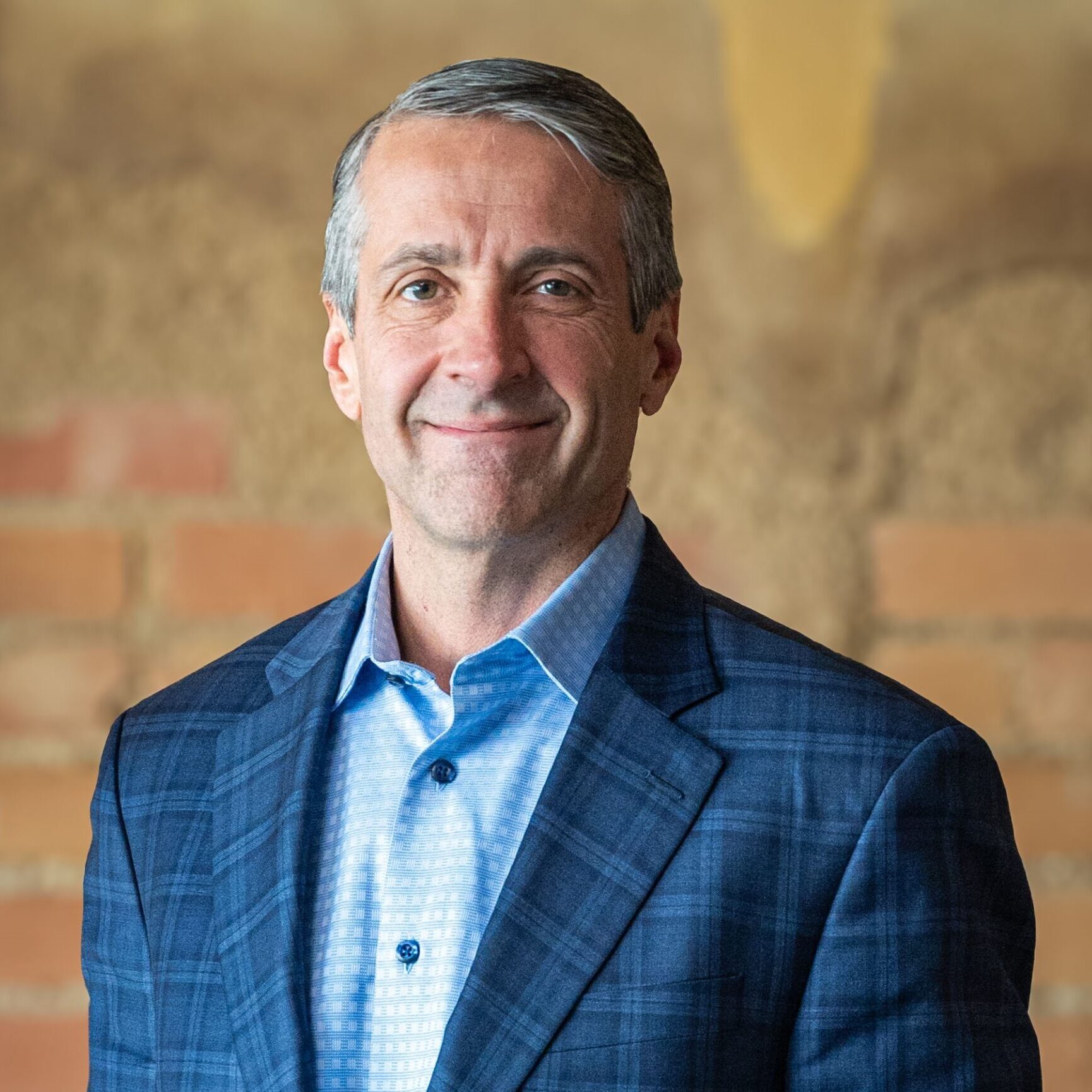
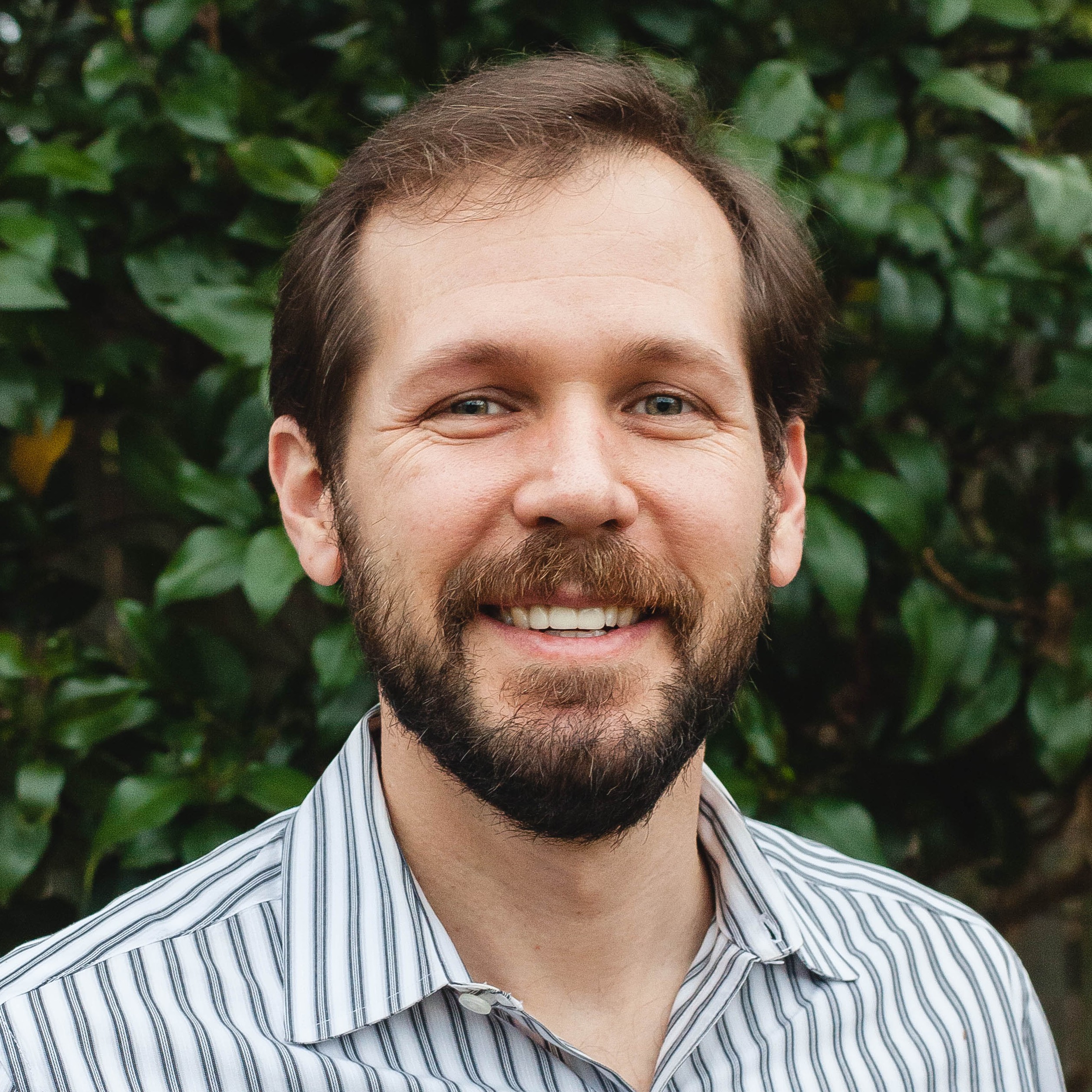 Philip Barr joined Halker in April 2023. With nearly 20 years of structural engineering experience, he has contributed to projects across the oil and gas, pharmaceutical, chemical, mining and metals, and manufacturing industries. Philip has successfully led structural design teams in executing projects totaling over one billion dollars in value. He has also worked internationally as a field engineer and client representative, gaining valuable experience in constructability, modular design, and retrofit construction. As Halker’s Director of Structural Engineering, Philip draws on his extensive background and technical expertise to deliver innovative and cost-effective structural solutions for clients across a wide range of industries.
Philip Barr joined Halker in April 2023. With nearly 20 years of structural engineering experience, he has contributed to projects across the oil and gas, pharmaceutical, chemical, mining and metals, and manufacturing industries. Philip has successfully led structural design teams in executing projects totaling over one billion dollars in value. He has also worked internationally as a field engineer and client representative, gaining valuable experience in constructability, modular design, and retrofit construction. As Halker’s Director of Structural Engineering, Philip draws on his extensive background and technical expertise to deliver innovative and cost-effective structural solutions for clients across a wide range of industries.
 Cory Shattuck is the Vice President of Power Services at Halker, based in Centennial, Colorado. With a career spanning roles such as Director of Power Delivery, Utility-scale Solar Technical Manager, Substation Technical Manager, and various engineering positions, Cory brings a wealth of experience to the energy sector. Cory’s expertise includes substation design, medium-voltage underground collection systems, electrical studies, and relay settings. In his current role, he leads the Power Services division, overseeing project execution, technical excellence, and strategic growth. His leadership is grounded in a commitment to quality, safety, and innovation in power delivery solutions. He has served as a Quality Manager for a key client and contributed to both Quality and Safety Committees. Cory holds a Bachelor of Science in Electrical Engineering from the South Dakota School of Mines and a Master of Business Administration from Colorado State University. He is also a licensed Professional Engineer.
Cory Shattuck is the Vice President of Power Services at Halker, based in Centennial, Colorado. With a career spanning roles such as Director of Power Delivery, Utility-scale Solar Technical Manager, Substation Technical Manager, and various engineering positions, Cory brings a wealth of experience to the energy sector. Cory’s expertise includes substation design, medium-voltage underground collection systems, electrical studies, and relay settings. In his current role, he leads the Power Services division, overseeing project execution, technical excellence, and strategic growth. His leadership is grounded in a commitment to quality, safety, and innovation in power delivery solutions. He has served as a Quality Manager for a key client and contributed to both Quality and Safety Committees. Cory holds a Bachelor of Science in Electrical Engineering from the South Dakota School of Mines and a Master of Business Administration from Colorado State University. He is also a licensed Professional Engineer.